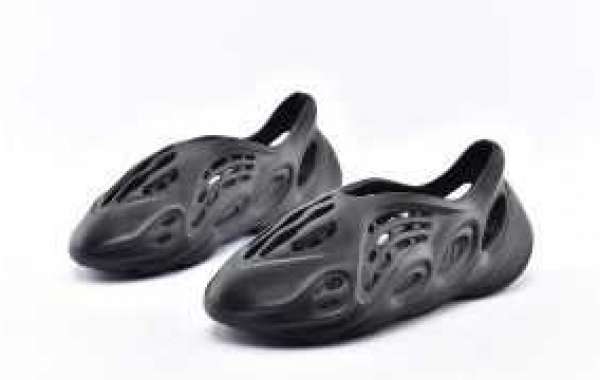The ceramic tiles in the bathroom have bulged less than a year after they were first laid in the room. Every owner, I believe, will be extremely upset if they come across something like this in their business. These individuals are concerned that the ceramic tiles may become loose at any time, causing them to fall off the wall and create potentially hazardous conditions. The desire to resolve this issue is not difficult; the first step is to identify the source of the loose bathroom tiles.
What causes ceramic tile in the toilet to become loose?
There are three main reasons for the loosening of ceramic tiles: water, heat, and humidity.
The first issue to address is the issue of ceramic tile itself. Example: The chosen ceramic tile's density is high, which does not match the selected material's density; the ceramic tile's back has not been cleaned, resulting in the paste material not being able to form a good bond with the ceramic tile's back; and so on.
The second issue is the issue of the paste material itself. Cement mortar is used for tile laying, for example, but the materials used are unqualified sand, impurities, unselected, expired, substandard, and small factory produced cement, rather than the proper materials. During the final stage of the cement mortar production process, the phenomenon of pulverization may manifest itself, resulting in the cement mortar losing its strength. This type of material is prone to causing tiles to become loose or to fall.
The third issue is the difficulty in adhering ceramic tile to the wall base. When the tiles are loose, carefully remove them from the wall, allowing the plastering layer to be separated from it. When we can see the original wall base, such as concrete or brick wall, we know that we are dealing with a more serious problem.
What is the solution to this problem?
If the tile itself and the wall are the only things that are loose, it is recommended that you use tile glue or some other structural glue to smear on the back of the tile and then paste directly onto the base. However, if the loosening is caused by the paste materials that were originally used, it is recommended that the kitchen wall tiles wholesalebe removed first, the paste materials that were pasted to the base cleaned, and then the tiles be pasted with qualified cement mortar or tile glue after they have dried.
If the problem with the wall base is the reason for the ceramic tile not adhering properly, it is not recommended to adhere the ceramic tile directly at this time. To re plaster the walls, it is necessary to clean the loose base and then re plaster them in accordance with standard wall plastering procedures. Wait until the plastering has been approved before applying the tiles to the wall. Pasting materials such as ceramic tile glue or structural glue, as well as cement mortar, can be used to adhere the tiles together.
As you can see, some small partners may be perplexed, as they may not understand the distinction between cement mortar and tile adhesive.
Comparatively speaking, ceramic tile glue is relatively simple to use and operate when compared to cement mortar. Cement mortar must be mixed thoroughly before use, and it must also be used to wet the wall, throw bricks, provide support, and perform other tasks. Although the procedure is time-consuming, the cost is low.
Other
How should you deal with a toilet ceramic tile that has been loose for half a year and an empty drum?
The ceramic tiles in the bathroom have bulged less than a year after they were first laid in the room








